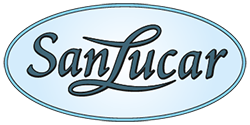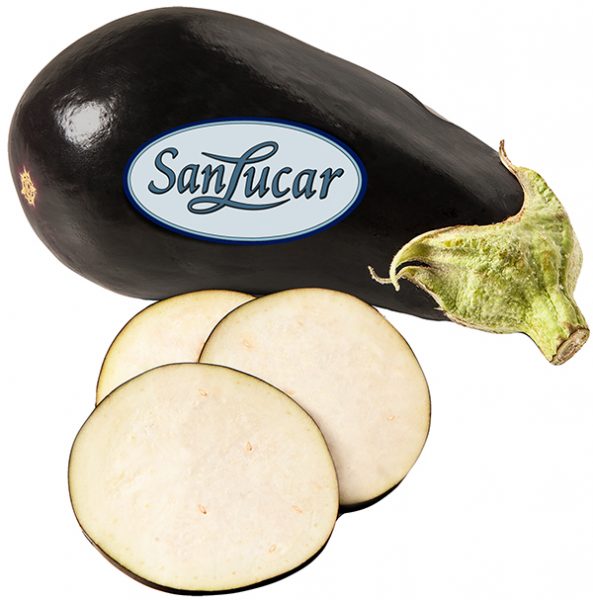A balanced and varied diet is an important basis for physical and mental health and performance. This is the only way to ensure that the body receives all the nutrients it needs for its various functions and in sufficient quantities.

If the diet is poorly balanced, it can never do justice to the task in store. This can lead to deficiency symptoms and nutritional disorders. The consequences of a bad diet are often not immediate, but only noticeable after decades. In a series of articles, our SanLucar nutritionist Lisa Ebben writes about healthy nutrition in the different stages of life. Lisa is a nutritionist and works in the Quality Department of SanLucar. (And she’s also a new member of the SanLucar Blogger Team! Welcome to the team, Lisa!)
Part 1: The Basics
There have been endless recommendations for the right nutrition for many thousand years now. Concrete nutrient recommendations, as we know them today, have existed only about 150 years ago. The goal is to avoid hunger and disease due to deficiencies, to build nutrient reserves and to avoid over-supply with certain substances – in other words, health maintenance and health elevation. In German-speaking countries, there are the so-called DACH reference values. They are the standard for nutrient recommendations. At www.dge.de you can have a look at them yourself.
Each nutrient fulfils very specific tasks in the body as well as in the entire metabolic process. It is a highly complex interplay of all nutrients. The DACH reference values apply only to healthy persons. In the case of diseases, metabolic disorders or regular drug use, the requirements may differ in some cases from the recommendations listed. They also do not represent a rigid target size and do not need to be met every day. Rather, the values are defined as the daily average over a week and are intended for orientation. In addition to the main nutrients – carbohydrates, proteins and fats – vitamins, minerals and water play a special role. The supply of them is not quite as easy to guarantee as with the main nutrients.
Vitamins
Without vitamins, almost nothing happens in the human body. They act as catalysts and are urgently needed for many metabolic processes. They are essential nutrients that must be absorbed with food. They are basically divided into water- and fat-soluble vitamins. The latter can only be absorbed by the body in combination with fat. Vitamins are found both in animal and plant foods and are very sensitive to water, heat and light. This should be taken into account when purchasing, storing and preparing food. Persistent inadequate intake can lead to vitamin deficiency.



